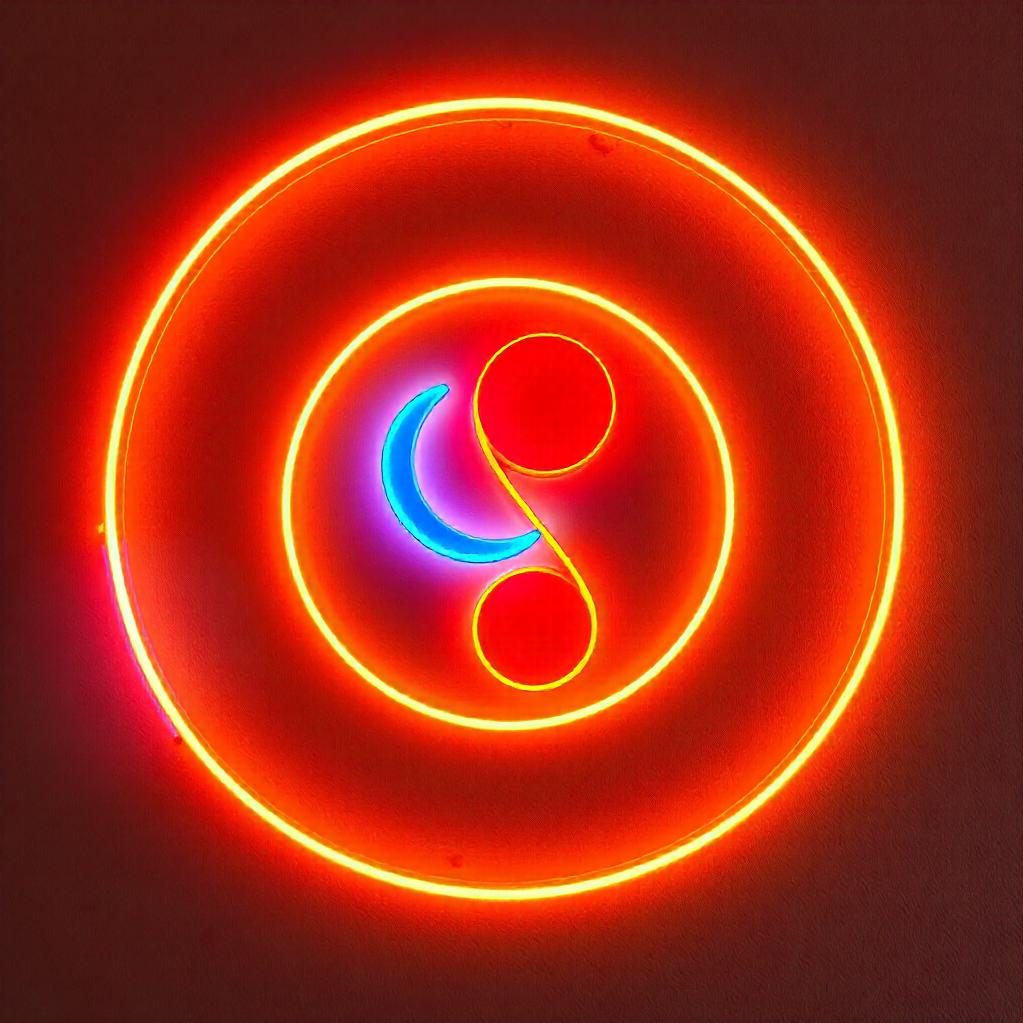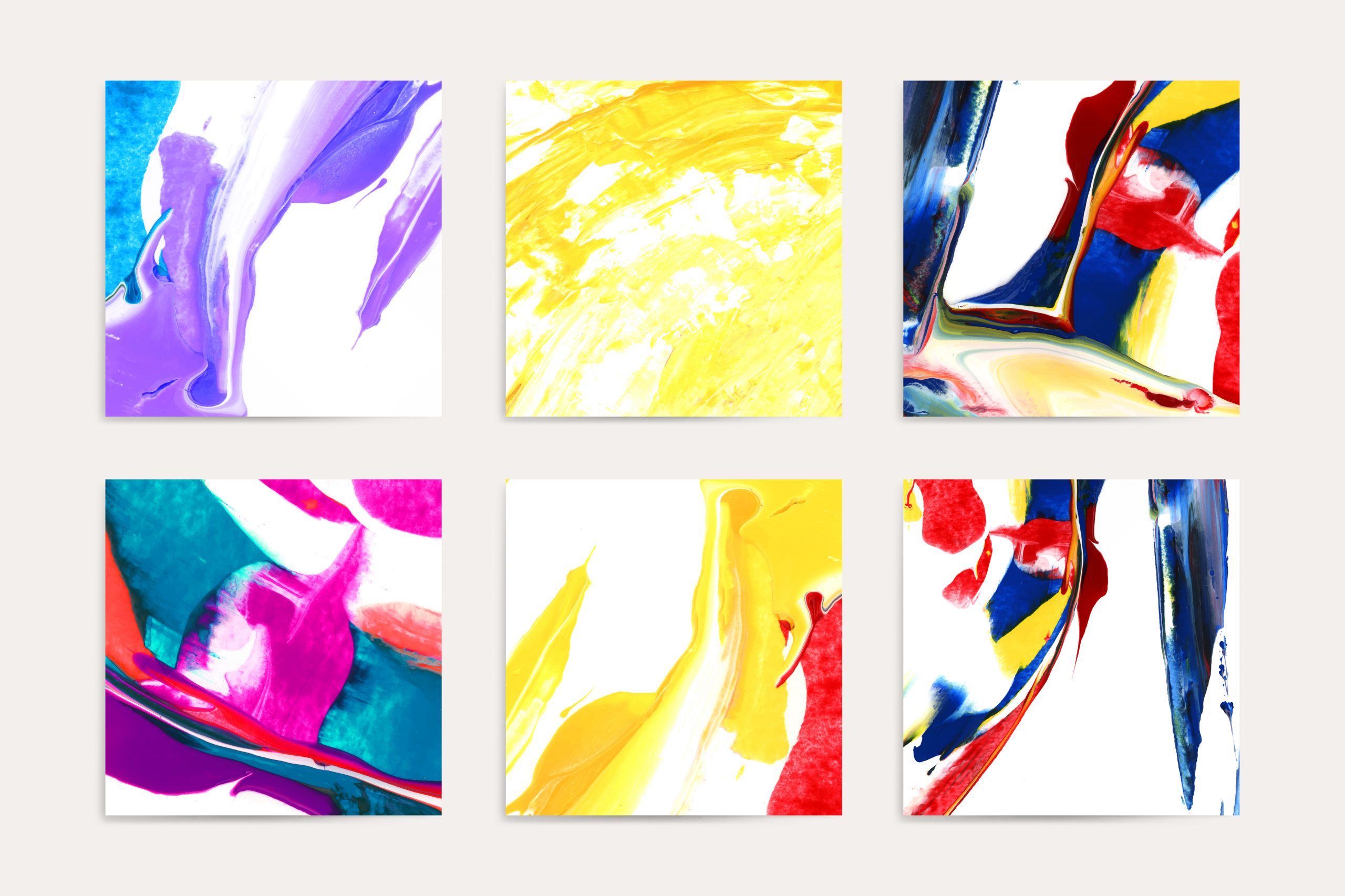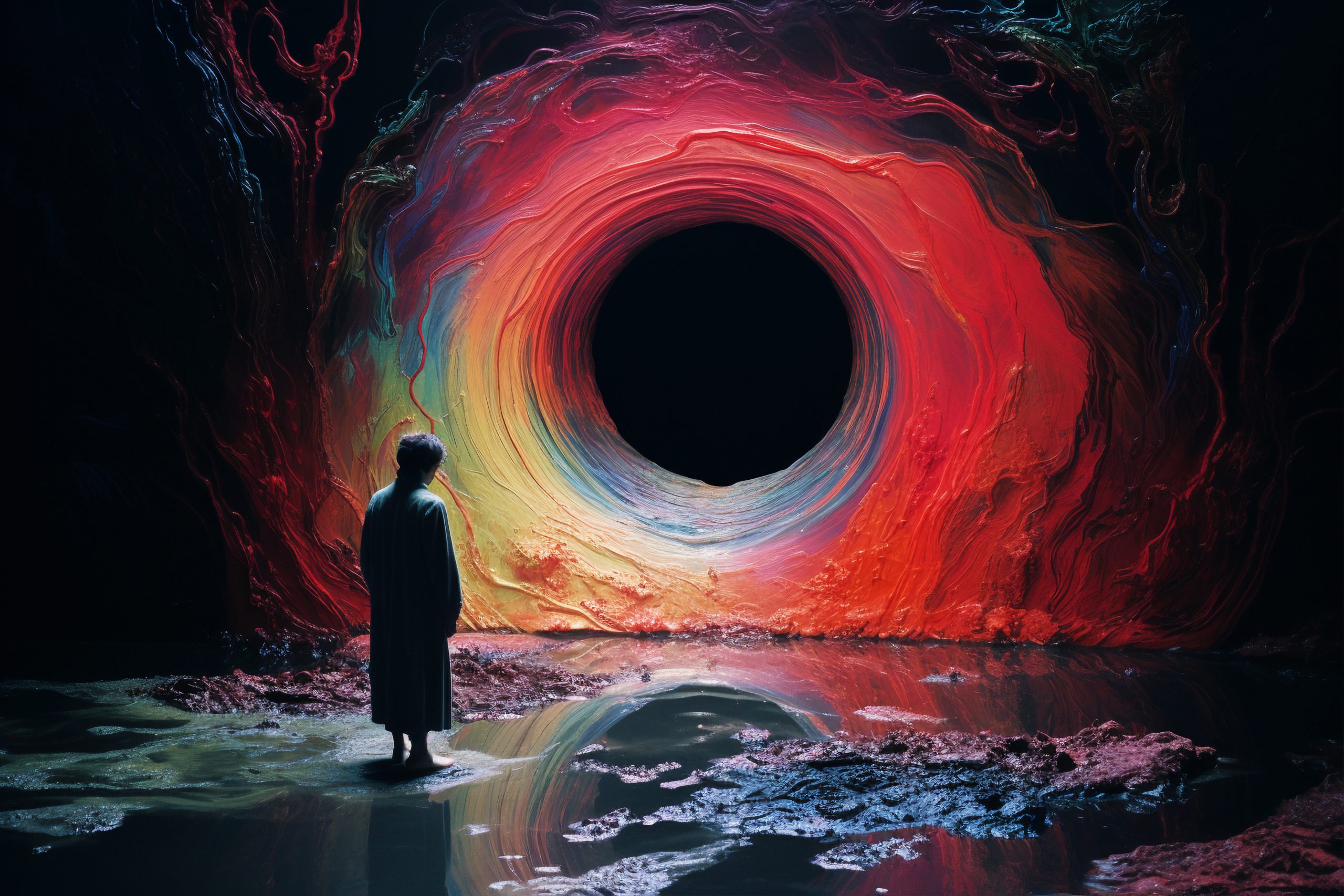Color is one of the most powerful tools in the visual arts. In contemporary art, it’s used not just to decorate a canvas but to evoke emotions, create atmospheres, and convey deep meaning. The strategic use of color can completely transform a piece of art, making it dynamic, expressive, and sometimes even challenging to interpret. This article explores the role of color in contemporary art and how artists use it to connect with viewers on a deeper level.
1. The Emotional Impact of Color
One of the most fascinating aspects of color is its ability to influence emotions. Artists use color intentionally to invoke specific feelings and responses from their audience. For instance:
- Warm colors like red, orange, and yellow can evoke feelings of warmth, energy, or passion.
- Cool colors such as blue, green, and purple often create a sense of calm, tranquility, or even sadness.
- Neutral tones like black, white, and gray can be used to balance a composition or evoke sophistication and simplicity.
Color is not just about aesthetics; it’s a tool for storytelling and emotional engagement.
2. Color as a Symbol
In addition to its emotional impact, color can carry deep symbolic meanings, depending on cultural context and personal experience. Contemporary artists often use color to explore complex themes, addressing everything from social issues to personal identity. For example:
- Red can symbolize love, danger, or revolution.
- Blue may represent calmness, but also loneliness or melancholy.
- Green often symbolizes growth and renewal, but in some contexts, it can also signify envy or greed.
Artists use these associations deliberately to add layers of meaning to their works.
3. The Psychology of Color in Art
Color psychology is a field that studies how different colors influence human behavior and feelings. Contemporary artists have embraced this knowledge to create art that communicates directly with the viewer’s subconscious.
- Yellow is often associated with happiness and optimism, while black can evoke mystery, fear, or elegance.
- Artists may use contrasting colors like complementary colors (e.g., red and green) to create visual tension or harmony, guiding the viewer’s attention in a specific direction within the artwork.
By harnessing the psychological power of color, artists create works that not only capture the eye but also stir the viewer’s mind and emotions.
4. Color and Visual Storytelling
In contemporary art, color is frequently used to tell a story or highlight key elements within the artwork. For example, a bright red in the center of a painting might draw the viewer’s eye to a focal point, symbolizing intensity or a significant event. The artist may use color contrast to separate different scenes or layers of meaning within the same piece.
In a mixed-media work, color might interact with texture and form, creating a narrative that evolves with the viewer’s exploration of the piece. This use of color is a visual language that communicates more than just what is seen—it tells a story without words.
5. The Evolution of Color in Art
The use of color in art has evolved significantly over the centuries. In early art, colors were often symbolic and not always true to life. With the advent of movements like Impressionism and Fauvism, artists began experimenting with color in new ways, using it more freely and without the constraints of realism.
In contemporary art, color is used more abstractly. Artists are no longer limited by the need to represent the natural world accurately. Instead, they explore color’s emotional and psychological effects, often creating artworks that break the traditional rules of color theory.
Conclusion
The power of color in contemporary art cannot be underestimated. Whether used to evoke emotion, convey symbolism, or guide visual storytelling, color is an integral part of how artists communicate their ideas and engage their audience. By embracing color’s emotional and psychological potential, contemporary artists create works that are not only visually striking but also thought-provoking and deeply meaningful.



